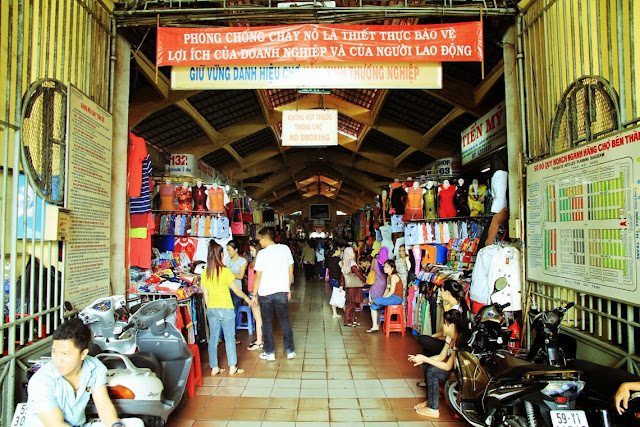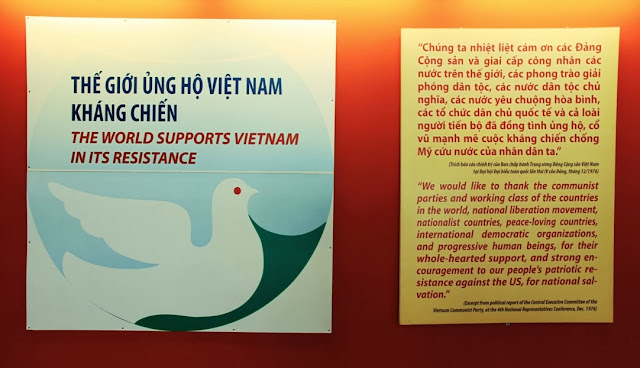Ho Chi Minh City or Paris of the East, formerly named Saigon is the largest city in Vietnam. Located on the South end of Vietnam. South Vietnam was a capitalist and anti-communist state which fought against the communist North Vietnamese and Viet Cong during the Vietnam War. On 30 April 1975, Communist claimed victory on Saigon in the war. In the following year, Saigon merged with the surrounding Gia Dịnh Province and was officially renamed Ho Chi Minh City.
The city's core is still adorned with wide elegant boulevards and historic French colonial buildings, which was the reason I labelled HCMC as Paris of the East. The majority of these tourist spots are located in District 1 and are a short leisurely distance from each other. The most prominent structures in the city center are the Reunification Palace, City Hall, Municipal Theatre (also known as the Opera House), City Post Office, City People's Court and Notre-Dame Cathedral.
 |
| City People's Court |
Lotus is the national flower of Vietnam. The flowers are purely beautiful with peaceful smell. It symbolizes the purity of heart and mind. The lotus flower represents honour, good luck, long life and glorious health.
Ben Thanh Market is the main market in HCMC. The market is one of the earliest surviving structures in Saigon and one of symbols of HCMC, popular with tourists seeking local handicrafts, textiles, ao dai (the traditional Vietnamese lady's dress) and souvenirs, as well as local cuisine. At the back of the market is the wet grocery section. The market operational hours from 6 am to 6 pm. At night, there will be a night market selling similar items on the left and right sides of the market building. If you are looking for halal food, just look on the street on the left side of the market, you will see many halal restaurants.
If you are looking for halal food, Dong Du street will offer you variety of halal cuisines either with local or international flavour. Malaysian menus also can be seen here. Just noted that eating out in HCMC can be a bit expensive.
 |
| One of the popular coffee shops to boost up the caffeine levels.....this is a popular cafe that can be seen in many corners of the street. |
My Quang or Quang style noodle is a Vietnamese noodle dish that originated from Quang Nam Province. It is one of the most popular Vietnamese food and served in various occasions, and also a popular lunch.
Vietnamese spring rolls have two versions; the fried version and the fresh version. The fried one is called cha gio (southern Vietnam) or Nem ran (northern Vietnam). It would be more correctly referred to as a "Vietnamese fried Roll". Fresh spring rolls or summer rolls, is a Vietnamese delicacy known as goi cuon. Some vegetarian families make vegetarian spring rolls rather than meat spring rolls. The typical ingredients include slivers of cooked pork, shrimp, sometimes chicken or tofu, fresh herbs like basil and cilantro, lettuce, cucumbers, sometimes fresh garlic chives, rice vermicelli, all wrapped in moistened rice paper, served at room temperature with a dipping fish or a fermented soybean or a hoisin peanut sauce. The water mint is a popular herb in Vietnamese cuisines.



























Comments
Post a Comment